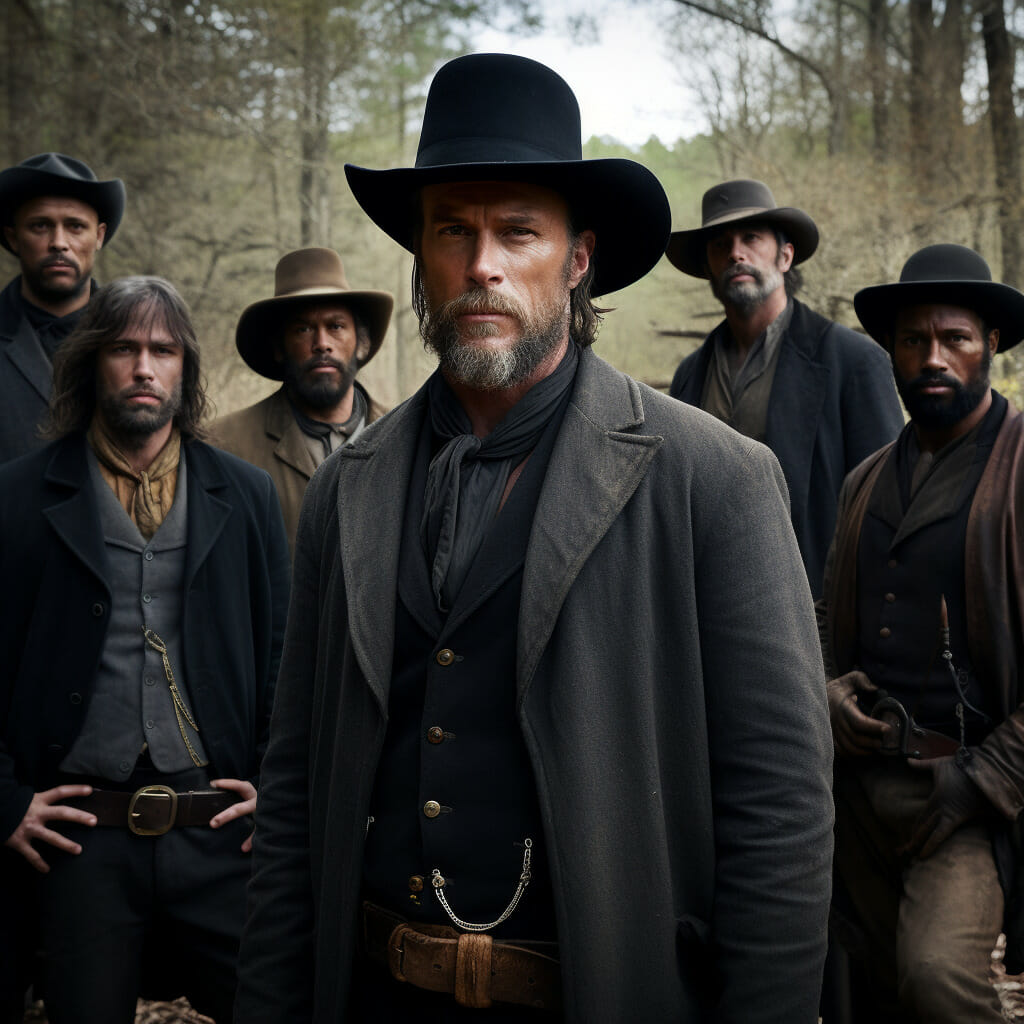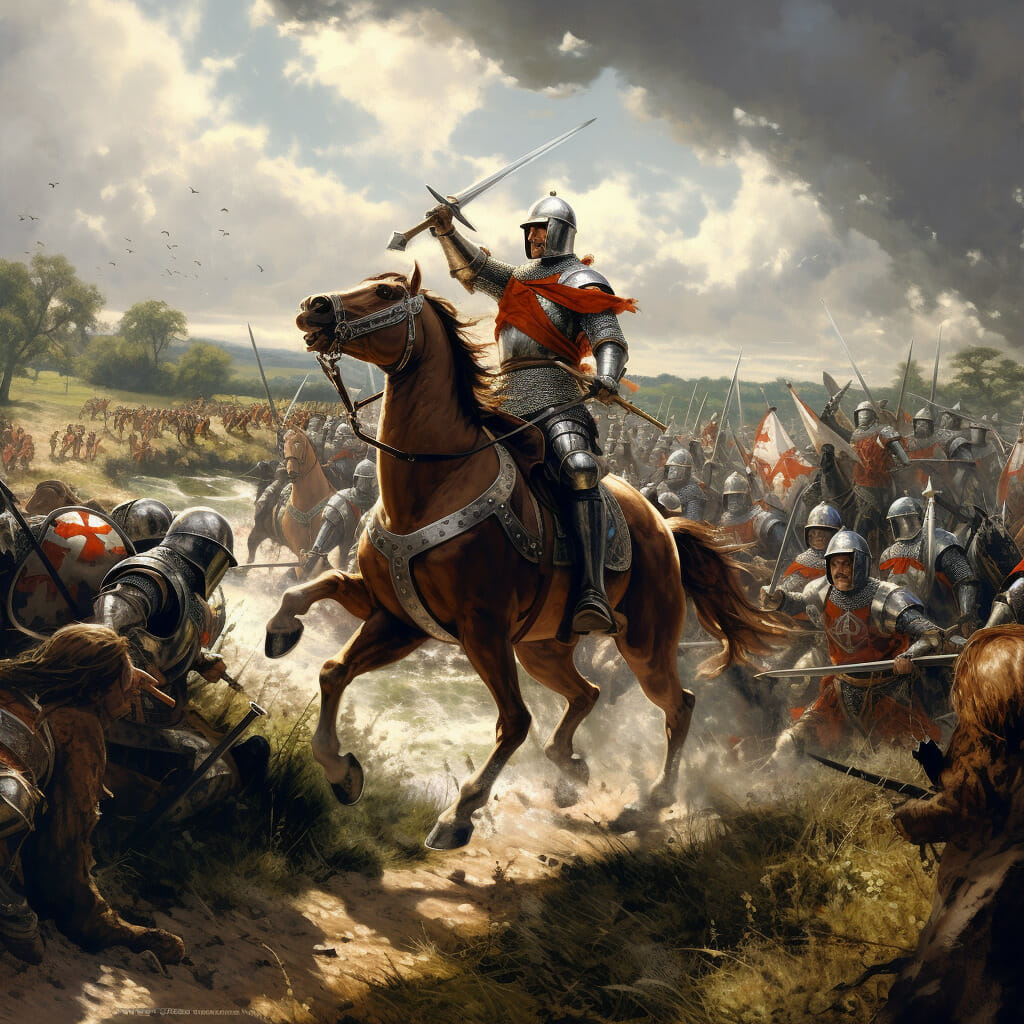Throughout history, conflicts and grudges have sparked some of the most fascinating tales. Whether rooted in power struggles, territorial disputes, or personal antagonism, these celebrated rivalries have left a significant imprint on the annals of history. This article delves into ten such historical feuds, offering an intriguing glimpse into the contentious relationships that have shaped the course of history.
The Decades-Long Discord: Hatfields vs McCoys

The Origin
The Hatfields and McCoys feud is arguably the most infamous family conflict in American history. This bitter rivalry, which stretched from 1863 to 1891, is believed to have initiated over a mundane dispute concerning the ownership of a hog. The Hatfield clan, led by the patriarch William Anderson Hatfield, and the McCoy family, headed by Randolph McCoy, were both influential families residing on either side of the Tug Fork River, separating West Virginia and Kentucky.
The Escalation
The pig dispute was just the tip of the iceberg. The animosity between the two clans was further inflamed by lingering resentment from the Civil War, where the two families had supported opposing sides. As the years passed, tit-for-tat acts of violence escalated, culminating in a series of brutal episodes known as the New Year’s Massacre in 1888.
The Aftermath
The feud had become so violent by that point that it compelled governmental intervention, leading to a Supreme Court case and subsequent trials. The feud officially ended in 1891, with eight Hatfields sentenced to life in prison, and one mentally handicapped member of the family executed.
The Battle within the Crown: Wars of the Roses

The Power Players
The Wars of the Roses were a series of protracted English civil wars fought by two rival branches of the House of Plantagenet: the House of Lancaster (symbolized by a red rose) and the House of York (represented by a white rose). The feud was essentially a power struggle for the English crown.
The Face-off
The conflict spanned three decades from 1455 to 1485, marked by sporadic bouts of violence and power shifts between the two Houses. The dispute reached a boiling point in the bloody Battle of Bosworth Field in 1485, where Richard III, the last Yorkist king, was defeated and killed.
The Resolution
The end of the war saw the ascension of the Lancastrian Henry VII to the throne, who sought to solidify his reign and unite the feuding families by marrying Elizabeth of York. This matrimonial alliance marked the end of the Wars of the Roses and the beginning of the Tudor dynasty.
The Battle within the Crown: Wars of the Roses

The Power Players
The Wars of the Roses were a series of protracted English civil wars fought by two rival branches of the House of Plantagenet: the House of Lancaster (symbolized by a red rose) and the House of York (represented by a white rose). The feud was essentially a power struggle for the English crown.
The Face-off
The conflict spanned three decades from 1455 to 1485, marked by sporadic bouts of violence and power shifts between the two Houses. The dispute reached a boiling point in the bloody Battle of Bosworth Field in 1485, where Richard III, the last Yorkist king, was defeated and killed.
The Resolution
The end of the war saw the ascension of the Lancastrian Henry VII to the throne, who sought to solidify his reign and unite the feuding families by marrying Elizabeth of York. This matrimonial alliance marked the end of the Wars of the Roses and the beginning of the Tudor dynasty.
